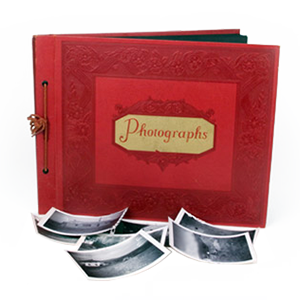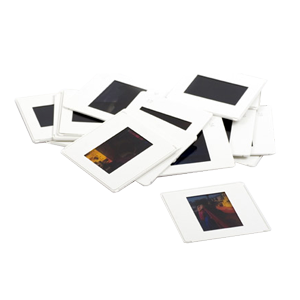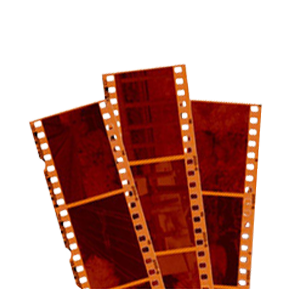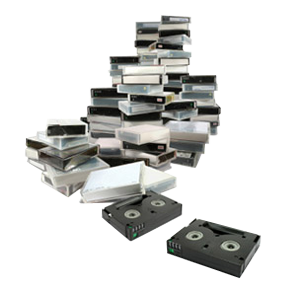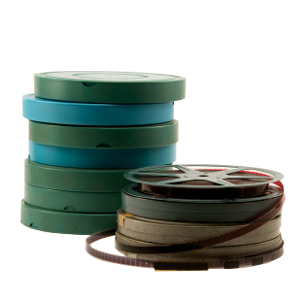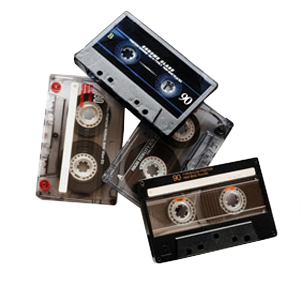Why Do You Have Negatives in the First Place?
If you’ve got a large photo collection, you’ve almost certainly got some photo negatives in it. Maybe you’re wondering why you’ve got them in the first place. The reason is that in order to get a print of your photos, the printing companies needed to use a photo negative in order to print your photos out. They’re are as close as you’re going to get to the originals. Printing companies like to use them because they offer a better range of color and tonal information than printing from anything else is going to offer.
Scanning Your Collection
The short answer is that if you have a choice, scan negatives and slides, rather than photos. If you’re considering scanning your photo, slide, and negative collection, you’ve probably wondered if it’s better to digitize the slide or negative of an image, or the photo print. However, people commonly lose or misplace the original negatives, which basically leaves them with no choice but to scan the prints. If you’re fortunate enough to still have the originals, it’s recommended that you go with negative scanning. The same logic holds true for image digitization as holds true for image printing. Slides and negatives have more vibrant color, more contrast in tone, and hold up to time better. If you have slides or negatives of images you’ve got as photos, scan those instead of the prints. If you must use photos, don’t scan them on a document scanner. Here’s why.
Why Slides and Negatives Are Better
Generally, photos are printed at a quality of about 300DPI. For a technical explanation of what that means, we’ve published some material about that too. For the purposes of this article, DPI refers to the granular quality of a printed image. There are a certain number of ink dots that get printed on every square inch of paper, and the higher the DPI, the more dots get printed. In the event that an image was low quality to start with, a higher DPI isn’t going to solve any problems. Sometimes you’ll find higher quality prints can be upwards in the 600DPI range. Photo prints tend to be lower quality images, and at DVD Your Memories we don’t scan them more finely than 600DPI. Our slide and negative scanning services, however, are a different story. We’ve scanned tens of millions of slides, negatives, and photos at DVD Your Memories. Having done so, we’ve found that slides and negative scans improve in quality up to 4000DPI. The disparity in data between slides, negatives, and photo prints is substantial. So, if you have the slides and negatives of your images, we almost always recommend scanning those, rather than photos.
What to Think About
Before making any decisions, there are a few points to consider:
What Kind of Shape are your Negatives In?
Often times people misplace or mix up their negatives, which can cause difficulties if you’re trying to sort them out. Bad conditions will make your negatives develop mold, warping, and color fading. Negatives will hold up to the test of time really well, but only if they’re stored in a cool, dry place that doesn’t get any sunshine.
What Kind of Shape are your Photos In?
Older photos are very susceptible to weather damage, and don’t hold up to the elements well at all. They also fade much easier than negatives do, so it’s more than likely your negatives will be in as-good or better shape than your photos.
Will you be Scanning Yourself, or Use a Company?
For some people, this is a deal breaker. The cost of good negative scanner is much higher than a flatbed photo scanner. You don’t want to use a cheap scanner. Some scanning companies will have high-end scanning equipment, and we recommend using a scanning company for any project larger than a hundred or so photos. You’ll usually be able to get some kind of bulk discount – DVD Your Memories, for instance, regularly gives out discounts for 20% or more.
What’s Your Budget?
This is the only area where photo scanning really is clearly better than negative scanning. Photo scanning is far, far quicker than negative scanning, and the equipment to do it well is much cheaper. Scanning companies will always charge far less for photo scanning than for slide and negative scanning per image for that reason. One thing we see our customers do sometimes is to scan an entire collection of photos, as it’s cheaper, find the ones they like best out of that collection, and have us scan the negatives from those photos. That way they get the best quality on the most important images in their collection, while having at least something to show for the rest of it.



